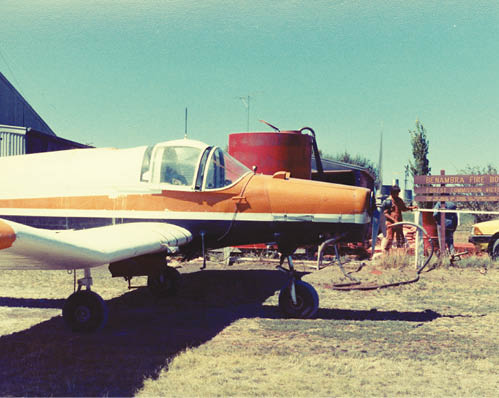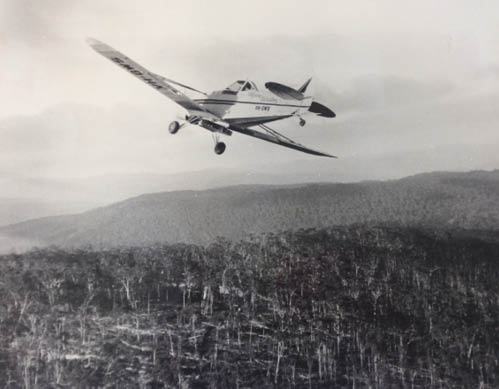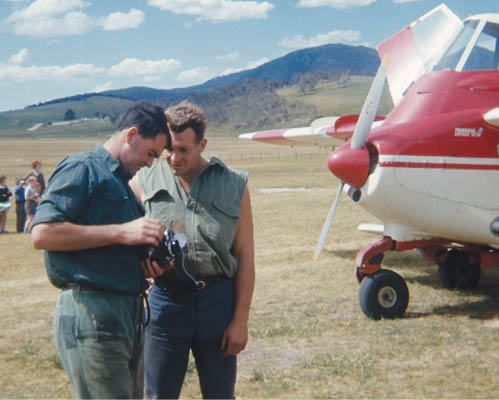50 years of firebombing operations
James Kightly, Vintage Aero Writer
Article
On 6 February 2017, a small ceremony at Benambra in Victoria marked the 50th anniversary of the first organised operational firebombing flights in Australia. Back in 1967, two Piper Pawnees airplanes contracted from Alpine Aviation made the first operational drops of fire retardant on a small fire caused by lightning-strike in north-eastern Victoria. It was what has become a classic application of firebombing.
Both pilots involved, Ben Buckley and Bob Lansbury, now in their eighties, still fly and are still friends. Ben attended the commemorative event and spoke about that day back in 1967.
‘We’d dump on the flanks and then across the head of the fire. The fire would burn up to it, but the Phos-Chek would supress the burn, able to slow it right down, and then the ground team went in to make it ‘safe’ afterwards,’ he said. Of the ceremony, he added: ‘Yes, I understand it was the first official—I see they’ve put that it, ‘official’ – fire bombing effort in Victoria—and Australia.’
Previous experiments, and fire spotting aside, this was the first operational job. And the progress has been huge. In the 2015–16 season under National Aerial Firefighting Centre contracts, 127 sophisticated aircraft operated across Australia and undertook 2525 firebombing operations and 2411 other fire and emergency support operations, making more than 29 500 firebombing drops. These drops delivered in excess of 68 million litres of fire retardant and suppressant across the country.

The Benambra firebase in full use a few years later, with a Fletcher F-24. being loaded with retardant. Image: Tim Crawford

Bob Lansbury flying one of the Pawnees used that day, VH-GWS, here seen on a later aerial seeding flight. Image: NAFC

Forests Commission Overseers Noel ‘Mopsy’ Fraser (left) and Neil Hodge in front of a Transavia Airtruk in the early 70s. Both men were involved in setting up the original trials and the mixing base. Image: Ben Buckley


